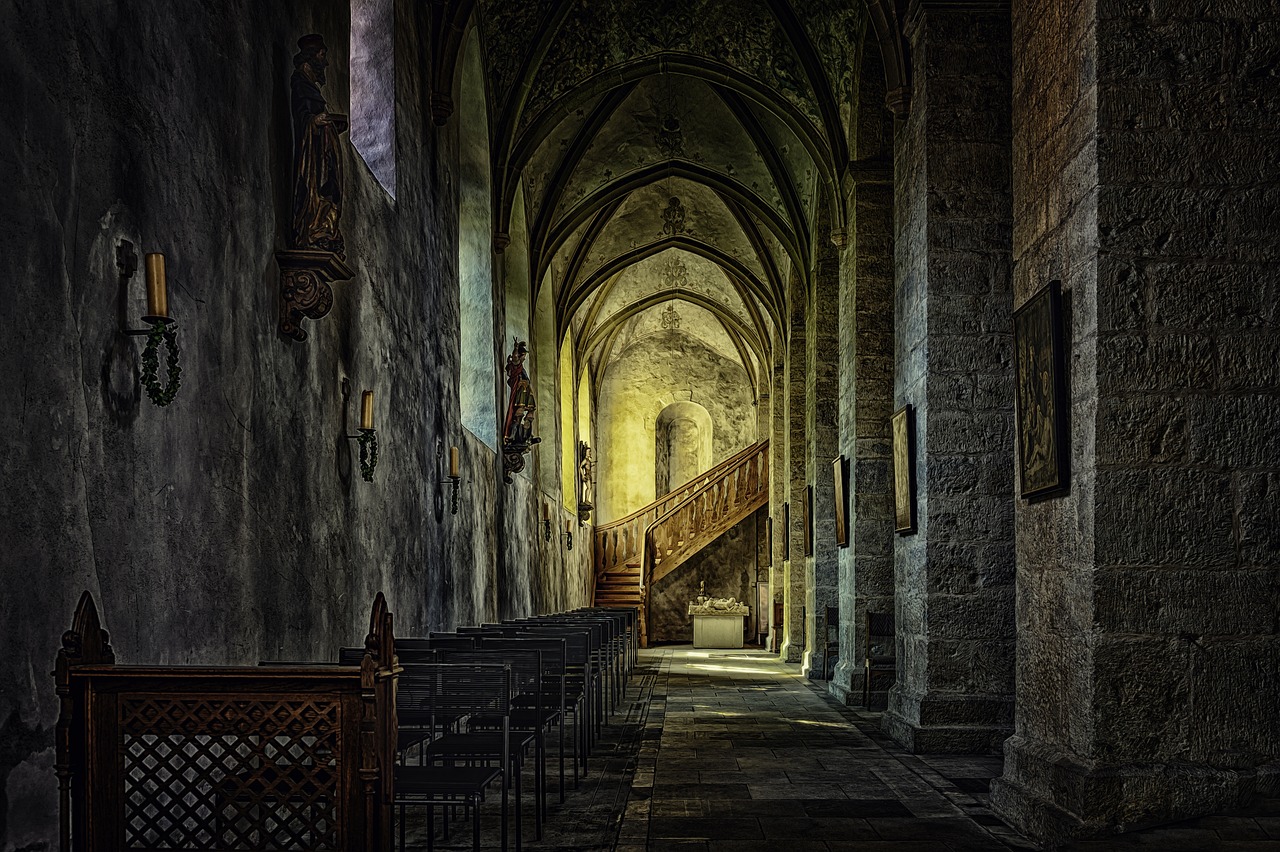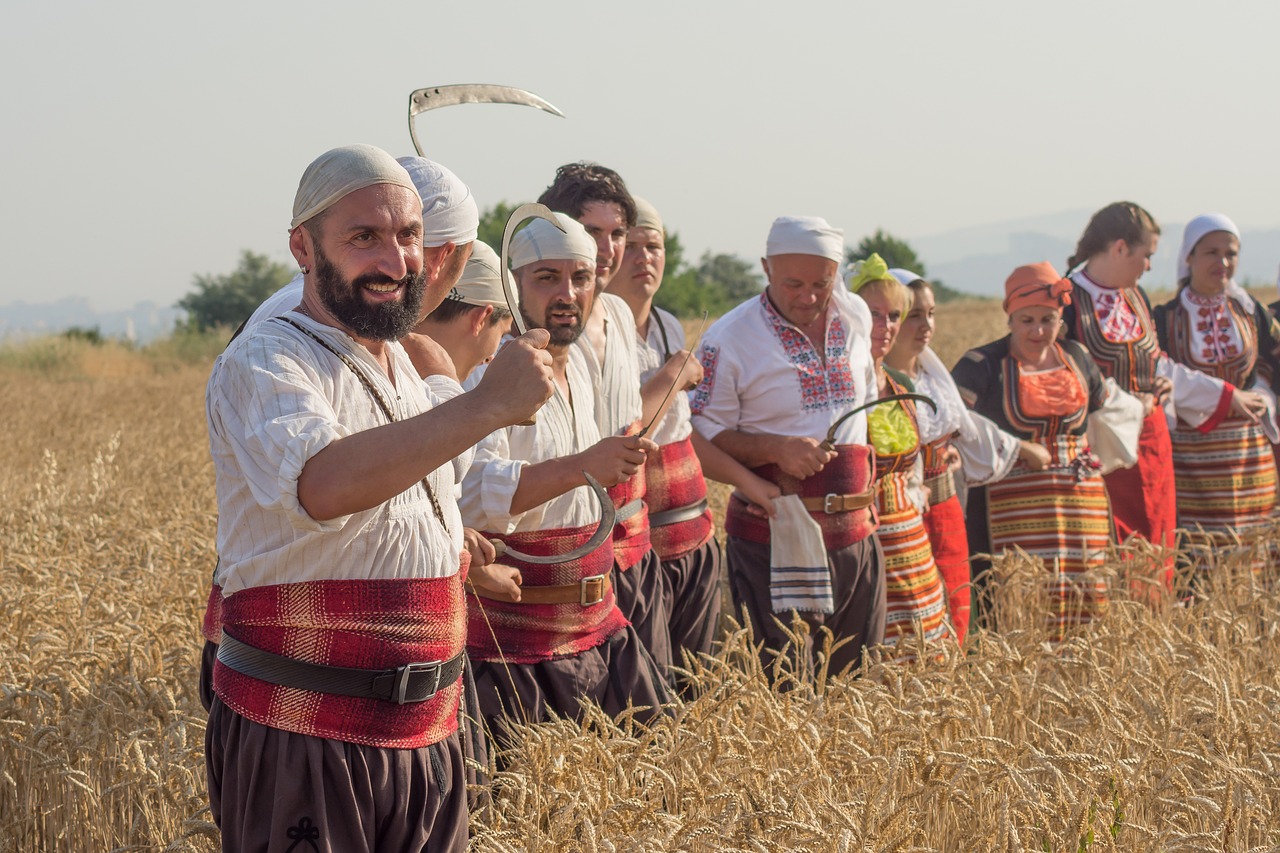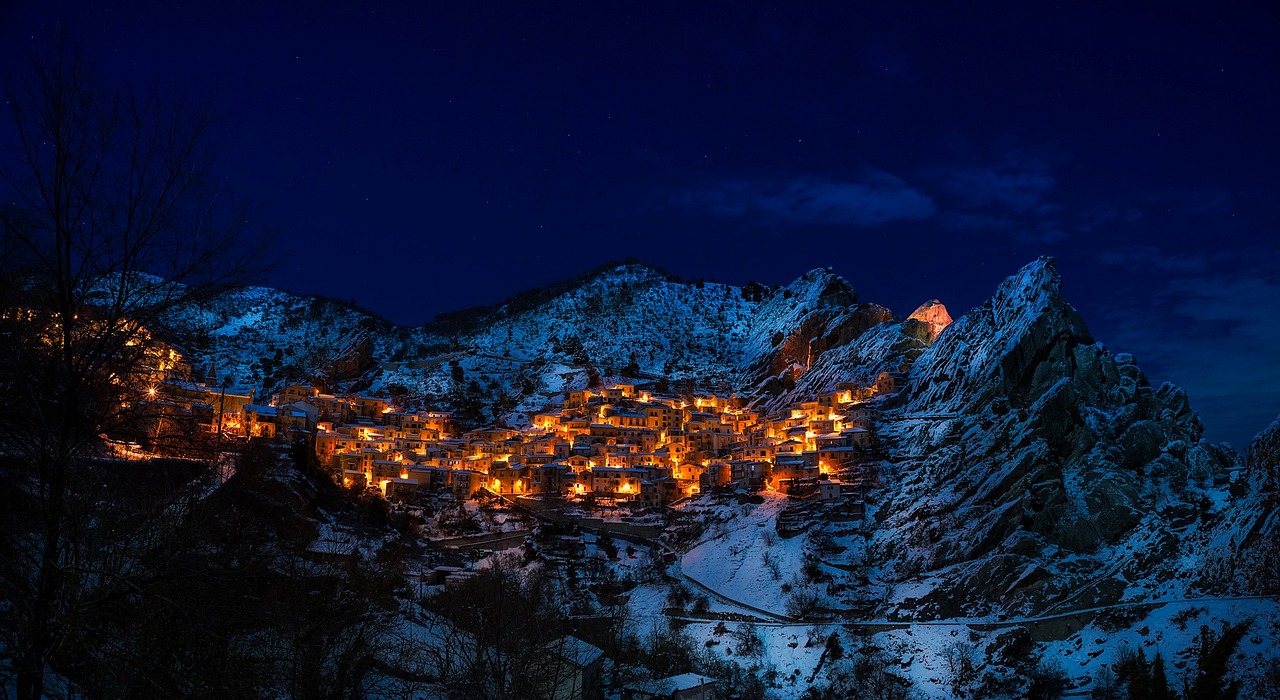In the heart of the village of Skravena, nestled within the picturesque Gradishteto area of Botevgrad municipality, lies a true historic gem – the St. Nikolas Monastery. Steeped in rich history and believed to have been established during the Second Bulgarian State, this remarkable site has endured the test of time.
The St. Nikolas Monastery has faced numerous challenges throughout its existence, including multiple demolitions and the devastating invasion of the Ottoman Turks in the 15th century. However, in the mid-1940s, restoration efforts began, culminating in the construction of the present church in 1959, built upon the foundations of the old temple.
The monastery complex, surrounded by the serenity of nature, features a single-bay construction, a single-apse church, a belfry, and a residential building. It stands proudly next to a magnificent centuries-old tree, adding to its allure and tranquility.
Designated as one of the 100 national tourist sites, the St. Nikolas Monastery warmly welcomes visitors who seek to delve into its history and architectural beauty. The temple celebration, held on December 6th in honor of St. Nikolas, is a vibrant event that reflects the monastery’s significance.
For those seeking a tangible memory of their visit, the monastery offers a selection of icons and souvenirs. Additional information and assistance can be obtained at the Tourist Information Centers in Sofia or by contacting the Botevgrad Historical Museum.
Immerse yourself in the captivating world of the St. Nikolas Monastery, where history, spirituality, and natural beauty converge to create an unforgettable experience.
Key Takeaways
- St. Nikolas Monastery is located 2.5 km northeast of the village of Skravena in the Gradishteto area, Botevgrad municipality.
- The monastery is believed to have been established during the Second Bulgarian State and was demolished multiple times, ceasing to exist after the Ottoman Turks invasion in the 15th century.
- Restoration of the monastery began in the mid-1940s and the present church was built in 1959 on the foundations of the old temple.
- The monastery complex consists of a single-bay construction, a single-apse church, a belfry, and a residential building. It is currently active and included in the list of the 100 national tourist sites.
Location and History
The St. Nikolas Monastery, situated 2.5 km northeast of the village of Skravena in the Gradishteto area, Botevgrad municipality, is believed to have been established during the Second Bulgarian State and underwent several demolitions, ceasing to exist after the Ottoman Turks invasion in the 15th century.
The monastery’s history is marked by destruction and rebuilding. The bases of the old monastery temple were discovered during archaeological excavations conducted from 1938 to 1941. Restoration efforts began in the mid-1940s under the guidance of nun Lyudmila. The present church was constructed in 1959, using the foundations of the old temple.
The monastery complex, which includes a single-bay construction, a single-apse church, a belfry, and a residential building, stands as a testament to the resilience and dedication of those involved in the restoration process.
The archaeological excavations provided valuable insights into the monastery’s past, allowing for a deeper understanding of its historical significance.
Architectural Features
Situated in the village of Skravena, the architectural features of the ancient monastery complex include a single-bay construction, a single-apse church, a belfry, and a residential building, all surrounded by the majestic presence of a centuries-old tree. The monastery complex showcases exquisite decorative elements and construction techniques that reflect the historical and cultural significance of the site. The single-apse church is adorned with intricate frescoes and icons, depicting scenes from religious narratives. The belfry stands tall, offering a glimpse into the distinctive architectural style of the period. The residential building, although simple in design, provides a glimpse into the monastic lifestyle of the past. The meticulous craftsmanship and attention to detail exhibited in the construction of these structures highlight the importance placed on religious worship and spiritual devotion during the time of the monastery’s existence.
Visitor Information
Located in the village of Skravena, the visitor information for the ancient monastery complex includes details about its restoration, architectural features, and cultural significance.
Visitor services at St. Nikolas Monastery are designed to enhance the experience of those who come to explore this historic gem. The monastery complex offers guided tours, providing visitors with a comprehensive understanding of its rich history and architectural significance. The knowledgeable guides provide insights into the monastery’s past, highlighting its role in the Second Bulgarian State and its subsequent destruction and restoration.
Additionally, the monastery offers a range of cultural activities, allowing visitors to engage with the traditions and customs associated with St. Nikolas. These activities include temple celebrations on December 6th, the day of St. Nikolas, which showcase the monastery’s religious and cultural significance. Visitors can also purchase icons and souvenirs, providing them with a tangible reminder of their visit to this remarkable site.
Overall, the visitor services at St. Nikolas Monastery aim to ensure that visitors have a meaningful and informative experience, allowing them to appreciate the cultural significance of this historic landmark.
Frequently Asked Questions
What is the significance of the temple celebration held on December 6th at St. Nikolas Monastery?
The temple celebration held on December 6th at St. Nikolas Monastery is significant as it commemorates St. Nikolas, the patron saint of the monastery. It is a religious event that attracts visitors and showcases the monastery’s cultural heritage.
Are there any restrictions or guidelines for visitors at St. Nikolas Monastery?
Visitors at St. Nikolas Monastery must adhere to certain restrictions and guidelines. These include limitations on photography and the need to respect the monastery’s rules and customs. The specific details of these restrictions and guidelines can be obtained from the monastery or tourist information centers.
Can visitors purchase and take home icons and souvenirs from the monastery?
Visitors to St. Nikolas Monastery have the opportunity to purchase and take home iconic souvenirs. These include icons and other items that are sold within the monastery.
How can I access the virtual map that includes St. Nikolas Monastery?
To explore St. Nikolas Monastery online, visitors can access the virtual map, which provides a detailed overview of the monastery complex. This interactive tool allows users to navigate and explore the monastery’s architecture and surroundings from the comfort of their own homes.
What is the importance of the huge centuries-old tree located near the monastery?
The huge centuries-old tree located near the St. Nikolas Monastery holds great importance. It adds to the aesthetic appeal of the monastery complex and serves as a natural landmark, enhancing the overall experience for visitors.











